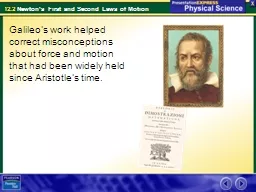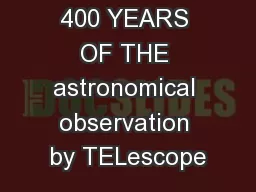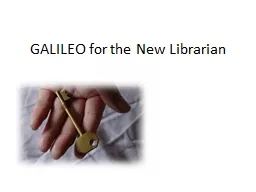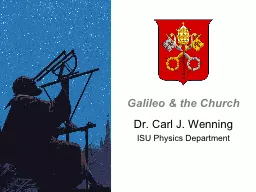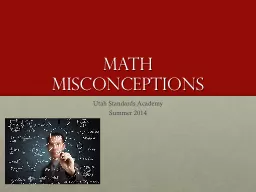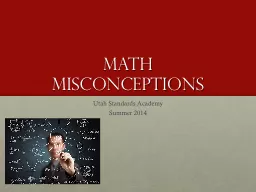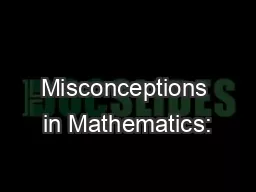PPT-Galileo’s work helped correct misconceptions about force and motion that had been widely
Author : ellena-manuel | Published Date : 2019-11-03
Galileos work helped correct misconceptions about force and motion that had been widely held since Aristotles time It took about 2000 years to develop the modern
Presentation Embed Code
Download Presentation
Download Presentation The PPT/PDF document "Galileo’s work helped correct misconce..." is the property of its rightful owner. Permission is granted to download and print the materials on this website for personal, non-commercial use only, and to display it on your personal computer provided you do not modify the materials and that you retain all copyright notices contained in the materials. By downloading content from our website, you accept the terms of this agreement.
Galileo’s work helped correct misconceptions about force and motion that had been widely: Transcript
Download Rules Of Document
"Galileo’s work helped correct misconceptions about force and motion that had been widely"The content belongs to its owner. You may download and print it for personal use, without modification, and keep all copyright notices. By downloading, you agree to these terms.
Related Documents

